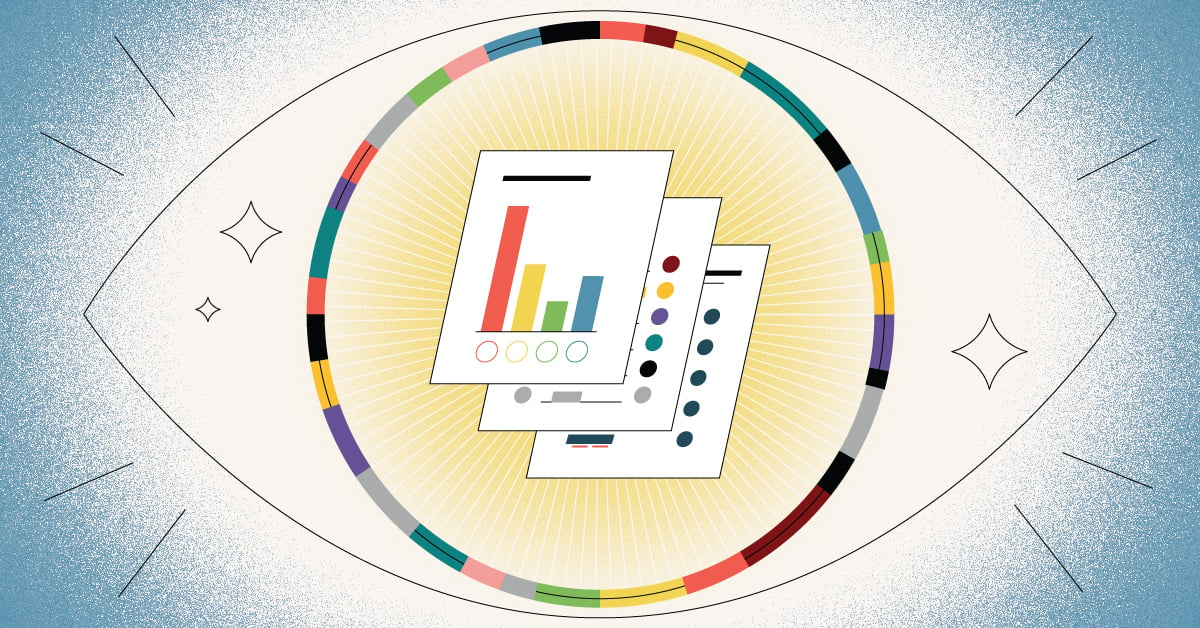
As a consultant and author who helps company leaders recognize the effects of unconscious bias in the workplace, I recently took my own honest assessment of the people on my team.
Each person is fantastic. However, in light of my interest to create diverse and inclusive workplaces, I find myself disappointed. I’m a forty-seven-year-old white woman. Guess who helps run my business? That’s right … my team is mostly white women between the ages of 34 and 50 (only my accountant and web designer are not). One could argue that I am providing employment for an often-overlooked talent pool, but I seek to increase diversity at my company.
Why does unconscious bias matter?
Despite teaching others and writing about the effects of unconscious bias in the workplace, I realize that I am not immune to bias. In fact, I surround myself with people who are quite similar to me. Why does it matter?
- First, research on team effectiveness consistently shows that diverse teams are smarter. They explore issues more thoroughly and make better decisions.
- Second, we maximize the benefits of our increasingly diverse society only when we face down our own individual biases – overt and unconscious – and then respond by building inclusive, resilient organizations that reflect the inclusive, resilient society we desire.
Others facing down their biases
I am not alone in my predicament. Google made big news when its diversity report revealed that 19% of its technology employees are women. Astonishingly, this employer of 56,000 people had only 2% black and 3% Hispanic employees. It is stunning, isn’t it? This information encouraged me to consider the makeup of my own business. Google has responded with a concerted effort to increase gender and racial diversity of its employees by addressing hiring practices. Most significantly, Google has responded by focusing on creating an inclusive workplace environment. In addition, Google has begun providing technology training for individuals and small businesses to help grow a more diverse talent pool of technologists. The result is a slight gain in their 2016 diversity report over previous years.
Increasing workforce diversity and developing an inclusive workplace present multifaceted challenges. Building a talent pipeline takes time. Bringing in unique individuals and reaping the full benefits of their talents as part of building an inclusive work environment isn’t intuitive. So, why does Google persist? Because, as the CEO Sundar Pichai says, “A diverse mix of voices leads to better discussions, decisions, and outcomes for everyone.” (http://www.pressreader.com/) Clearly, making an effort to increase diversity and to instill inclusiveness in the workplace translates into making an effort to be a smarter, more adaptive organization.
Why bias is often unconscious
To understand why our organizations have a homogenous tendency, let’s consider the human brain’s tendency towards bias. Bias is our inclination to believe something is true based on our socialization and past experiences. Triggered automatically, it causes us to make quick judgments and assessments of people and situations. When we are unaware of our biases, we often fail to connect our perceptions with our behaviors and actions. Instead, we generate rational reasons to explain ourselves. For example, I might explain that I hired a “candidate most like me” because she was more relaxed and provided better responses during an interview while failing to realize that my behavior may have altered interviewees’ level of comfort: perhaps I sat further away from, built less rapport or provided less job information to the candidate “least like me”.
We must recognize that we all hold unconscious biases about others (and even about ourselves) that affect our behavior. Likewise, we are all affected by others’ unconscious bias – positively or negatively – in the workplace and in society. There is ample bias research that evidences the effects of bias in the workplace. Researchers have identified over 150 known categories of bias including gender, race, height, employment status, family status, age, and job title. Here are some striking results of research on workplace bias:
- Resumes with typically white names received 50% more callbacks for phone interviews than those with typically black names. The average typically white named candidates received more callbacks than highly skilled typically black named candidates.
- Science researchers in a study rated a male and female candidate for a lab manager position with the same qualifications. Both male and female raters assessed the male candidate as more qualified. They were also willing to pay the male a higher starting salary than the female candidate.
- White interviewers sat farther away from black applicants than from white applicants, made more speech errors and ended the interviews 25% sooner.
- Less than 15% of American men are taller than 6 feet but more than 60% of all CEOs are over 6 feet tall.
- Every inch of height amounts to a salary increase of about $789 per year.
- Blond women’s salaries are 7% higher than brunettes or redheads.
Bias shows up in society, too. The tragic police shootings both by and at officers in the United States in recent months has rekindled conversation about racial bias and policing. Whether we are citizens concerned about police violence or business leaders concerned about employee diversity, we must ask ourselves, “What role does unconscious bias play in shaping our decisions and actions? How can we manage our biases to make better decisions?”
Use these six strategies to face down unconscious bias in your workplace:
- Educate yourself and your team. Learn the neuroscience behind bias, and understand that bias is a human reaction. By acknowledging our own biases, we loosen our attachment to repeated social narratives, the stories we tell ourselves to justify why we hired someone who is “just like me.” Interested in learning about your own racial and gender bias? Take this online assessment from Project Implicit, a non-profit research collaboration.
2. Partner with others. Identify talented employees from diverse backgrounds. There are a number of organizations that help businesses build a diverse talent pool. Consider partnering with one to help you attract a more diverse set of candidates. For example, Path Forward helps organizations bring stay-at-home mothers back into the technology industry.
3. Create a decision tool. To guard against unconscious bias, use a decision tool that everyone on the hiring team uses. Identify the criteria most important for success through job benchmarking. This allows you to find a new hire that fits the needs of the job and not select the person you “like” the best.
4. Practice mindfulness. Research shows that mindfulness practices improve our decision-making capability and override bias. When we are mindful, we are fully connected to the present moment and experience a deeper sense of interconnectedness with others. Rhonda Magee speaks and writes about how mindfulness can combat racial bias. In this video, she demonstrates a simple practice you can use to become more mindful in stressful situations.
5. Build flexible and inclusive policies. Building a diverse workforce includes retaining the women, minority, LGBT and disabled employees currently employed. Pull together a diversity and inclusiveness team to assess the policies that support, and those and that hinder, employees’ satisfaction and effectiveness. Identify ways to build an inclusive business culture.
6. Attend to the environment. People stay put where they feel included and understood. Racial bias in many workplaces is more of an “undiscussable” issue. How about starting a conversation on your team? PwC’s new U.S. Chairman Tim Ryan did. On July 21st, in response to the recent shooting, PwC hosted a day of conversations about race at the company. Why? Because of “his desire to comfort employees” and “bolster engagement, recruitment”, Ryan says he hopes “for the sake of our country we all do better. But if we do better at PwC, we will be a great destination for talent.”
Our place of work is a place for professional development and individual growth, but it also holds the potential to serve our society. At Collaborative Action, LLC, I’m challenging myself to face down unconscious bias and create an inclusive workplace among my team. Will you join me in developing businesses that are diverse and inclusive?



